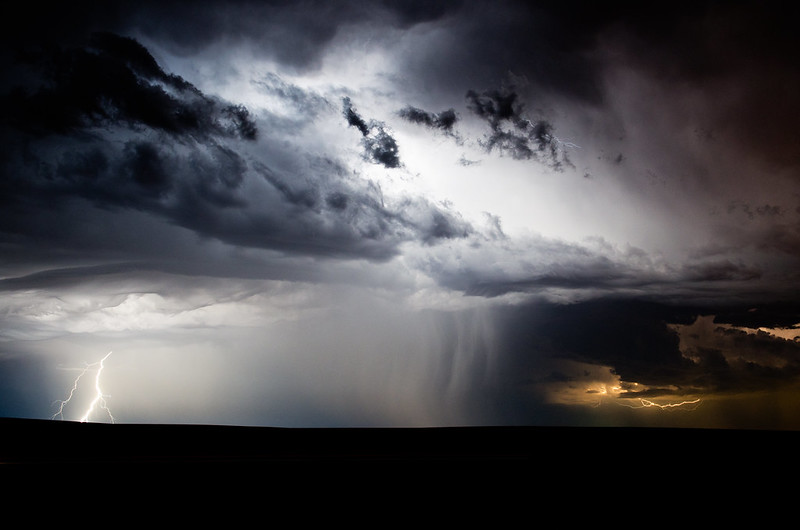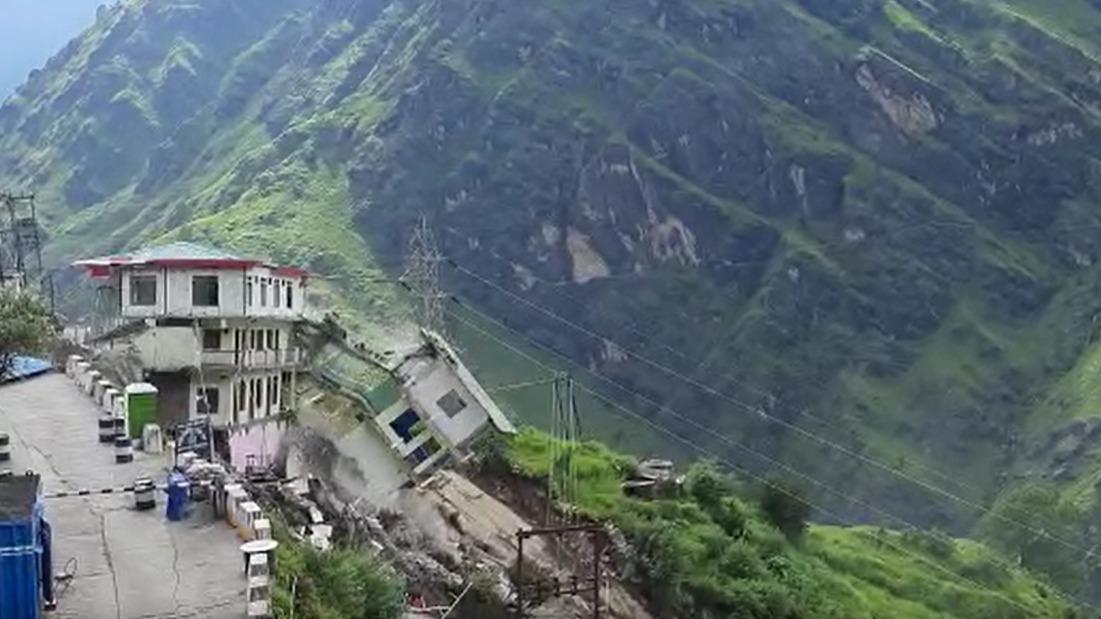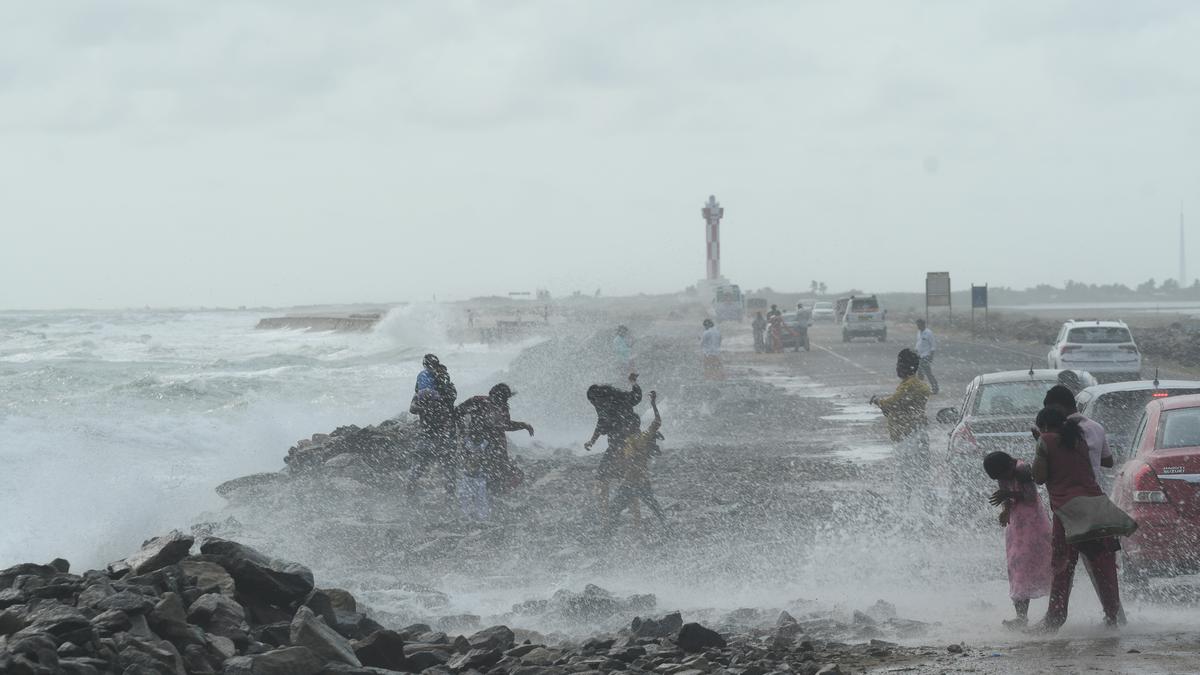Attribution science is changing the climate change conversation
To quantify the role of climate change, attribution scientists estimate the likelihood of these extreme events using models that simulate how the climate would have been if humans hadn’t released large amounts of carbon dioxide into the atmosphere.
By Ignacio Amigo, Climate Science Writer / Nov 1, 2022

The weather is a chaotic system. It is influenced by many different factors, such as temperature, pressure, humidity and wind intensity.
In January 2003, as the flood waters of the river Thames threatened his house, climate scientist Myles Allen wrote an article to the scientific journal Nature asking a simple question: “Will it ever be possible to sue anyone for damaging the climate?”. In the article, Allen laid out the basis of what he called the “attribution problem” of connecting extreme weather events to climate change.
Until recently, attributing heatwaves, tropical cyclones, droughts or floods to climate change was a matter of speculation. Asked by the media, all that scientists could say was that the increase in frequency or intensity of these events was in line with our understanding of climate change and consistent with what models projected.
But today this situation has changed. Following some of the ideas put forward by Allen, scientists can now quantify the role of climate change in specific weather events. Allen himself was one of the authors of what is now considered the first attribution study, an analysis that showed that human influence at least doubled the risk of the 2003 European heatwave.
To date, more than 500 attribution studies have looked at different weather events in all of the world’s regions - eight of them in India. These studies have helped advance our understanding of extreme weather events and how climate change affects them, but they are also contributing to changing how we talk about and deal with climate impacts.
How attribution works
The weather is a chaotic system. It is influenced by many different factors, such as temperature, pressure, humidity and wind intensity. And even small changes in each of these parameters can dramatically influence the outcome - for example, whether it rains or not in a certain place, the daily temperature over a region, or the formation of a tropical cyclone on the ocean. This makes it difficult - if not impossible - to say whether climate change played a role in the event or not. However, attribution science has found a way around this issue.
While the weather is chaotic and variable, climate - that is, the way that weather behaves over longer periods of time - is more stable and predictable. A specific weather event may or may not happen in a specific place at a specific time. But that same weather event has a relatively constant probability of happening in the long-term.
In a slightly different world, the massive rainfall that flooded parts of South Africa may not have formed on 11 April 2022. But climate models show that episodes of extreme rain of that magnitude are expected in today’s climate once every 20 years in this region. So instead of dealing with variable weather events, scientists turn to more stable climate data instead.
To quantify the role of climate change, attribution scientists estimate the likelihood of these extreme events using models that simulate how the climate would have been if humans hadn’t released large amounts of carbon dioxide into the atmosphere. All the other things being equal, the difference in these estimates can be attributed to climate change.
Going back to the South Africa example, models tell us that the same massive rainfall event in a world without climate change would have occurred once every 40 years. This allows us to conclude that human emissions have roughly doubled the probability of such an event to happen.
Importantly, some extreme weather events are easier to analyse than others. While heatwaves and high temperatures are relatively straightforward to model, tropical cyclones or drought are more difficult.
Finally, many attribution studies include a section that looks at the vulnerability and exposure of the population. While meteorological events can be extremely powerful and damaging, what often turns these events into human disasters is the lack of adequate infrastructure and planning.
A potential game-changer
The fact that we can now quantify the contribution of climate change to individual extreme weather events opens a world of possibilities.
The most obvious one is that it gives scientists and journalists more confidence to link extreme weather events to fossil fuel consumption, helping convey the urgency of emission cuts. But attribution science can also be used to allocate responsibilities for the climate crisis. If climate change made an event more likely, it is reasonable to think that companies who benefited from the emission of greenhouse gases should be somewhat liable for the resulting impacts.
For example, the fingerprints of climate change have been found in typhoon Hagibis, a destructive tropical cyclone that brought massive rains to Japan in 2019. A study estimated that of the $10 billion in damages caused, $4 billion could be attributed to climate change. Following this train of thought, if ExxonMobil is responsible for 2% of historical carbon emissions, the company could be held responsible for the equivalent share of the damages - $80 million.
This is the reasoning that many communities impacted by climate change are using to demand reparations from big polluters. In Peru, farmer Saúl Lliuya is suing RWE, the largest electricity company in Germany, for contributing to the melting of a glacier that risks causing a lake outburst that would wipe his city off the map. And in Indonesia, residents in the island of Pari took Swiss cement company Holcim to court for the damages caused by climate change-driven sea-level rise, which has led to increased flooding and threatens their way of life. There are currently 11 open climate litigation cases in India, according to the Global Climate Change Litigation database from the Sabin Center for Climate Change Law.
In a similar line, attribution could also help unblock climate negotiations around “Loss and Damage” - the agreement that developed countries who benefitted from emitting large amounts of carbon for decades have a responsibility towards poorer countries for the impacts caused by climate change.
While all the signatories of the Paris Agreement accepted this general idea, rich countries have historically resisted to disburse enough economic resources to make it a reality. According to an estimate by Oxfam, the gap between what countries need and what they are actually getting amounts to $28-33 billion in the last five years.
Here is where attribution science could weigh in. By providing a sophisticated way of quantifying the contribution of climate change to high temperatures, crop losses, extreme weather events and other impacts of climate change, attribution science could be used to inform policy decisions in this area better.
All these developments are helping to turn a somewhat abstract concept such as climate change into a measurable entity that produces numbers that can be computed by insurers, CEOs and policymakers - increases in likelihood, changes in intensity, dollar figures, etc. Thanks to this change, it is becoming harder for opponents of climate action to hide behind uncertainties and lack of clarity. The science of extreme weather events has been clear for decades. But measurable things are harder to dismiss.


